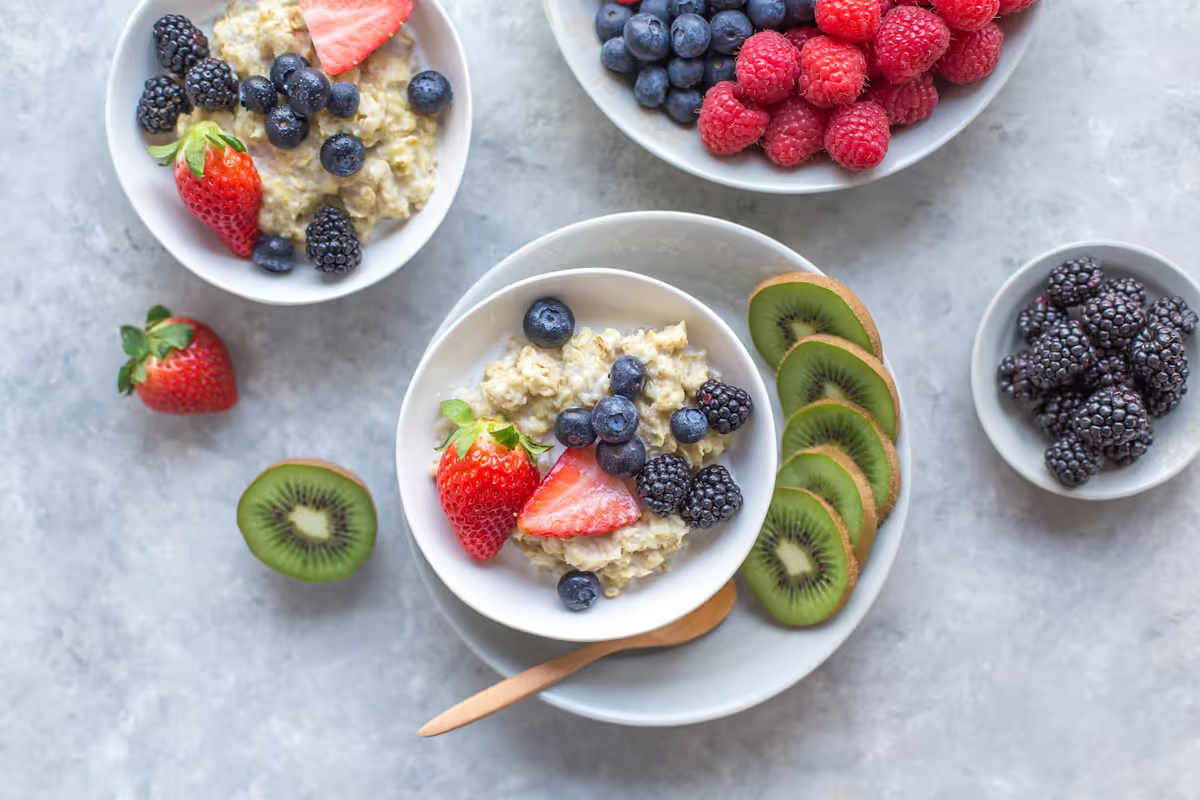Fibermaxxing: How to eat your way to better health
A dismal 5% of adults in the US actually meet that mark on a consistent basis.

If I could wave a magical wand and make only one single change in the way that we eat with the goal of making the biggest possible improvement to everyone’s health, this is what I would do: ensure that everyone got enough fiber from real foods.
In a welcome change of pace, there is actually a social media nutrition trend that I can get behind called Fibermaxxing. As a registered dietitian it sometimes feels like most of my job is busting myths and working through misinformation. Usually, nutrition fads are full of trouble and are more likely to cause harm than accomplish anything productive for our health, but fibermaxxing is a trend I can get behind – huzzah! The goal of fibermaxxing is to meet or exceed your daily fiber recommendations.
I know, fiber is not the most exciting of nutrients. But, it’s a crucial one that almost all of us are not getting enough of, and we would feel a whole lot better if we did.
How much is enough? It depends on a few things including your age and gender, but in general women are aiming for at least 25 grams of fiber a day and men are aiming for 38 grams of fiber a day.
A dismal 5% of adults in the US actually meet that mark on a consistent basis.
While you might think of fiber in terms of your digestion, fiber does a whole lot more than ensure regular bowel movements.
Beyond regularity, the list of benefits of fiber are basically endless, including:
- Lowering the risk of many kinds of cancer, including breast and colon cancer
- Lowering your cholesterol
- Improving fullness and satisfaction with meals
- Supporting a healthy weight
- More stable blood sugars
- Reduced risk of type 2 diabetes
- Lowered risk of autoimmune conditions
- Improved microbiome (that helpful community of good bugs in your digestive system)
- And more!
Basically, enough fiber from diverse foods is good for your health.
Before you reach for a supplement, let’s consider which foods contain fiber naturally. Beans, whole grains, fruits, veggies, nuts and seeds. If we get enough fiber from these foods, vs a supplement that only contains fiber, we are getting the bountiful vitamins and minerals as well as phytochemicals from all of those nourishing plants.
For example, if we add black beans to our burrito bowl, not only are we getting the fiber, but we are also getting iron, thiamine, folate, copper, manganese, magnesium and potassium, as well as phytochemicals including anthocyanins, catechin, quercetin, myricetin and kaempferol. All of those plant-based helpful compounds help to keep our cells healthy, lowering risk of so many different chronic diseases.
A fiber supplement may just be, well, fiber. Or worse, a fiber gummy that makes you think you’re nourishing your health, but is probably providing more sugar than anything else.
If you’re ready to reach your fiber goal, think “more plants.” Don’t just have oatmeal for breakfast – add blueberries, flax and walnuts. Don’t just have a sandwich for lunch – add an apple, almond butter and some crunchy pea pod and carrot sticks. For dinner, don’t just have chicken and rice – have broccoli sprinkled with sesame seeds, too and a serving of edamame sprinkled with flaky salt -- yum!
It all adds up, but I’d caution you against raising your fiber intake too quickly. I’d recommend adding some, bit by bit, and being cognizant of your hydration. Otherwise, a quick uptick in fiber is a recipe for constipation and pain. But like weight lifting, we can start with lighter weights and with consistency, level up what is comfortable and doable.
For a free high-fiber menu plan and recommendations for my favorite high-fiber snacks, please visit my website.
Holly Larson, MS, RD is a local registered dietitian who specializes in women’s health and diabetes management. To learn more, visit hollylarsonnutrition.com - your visit may be fully covered by your insurance plan.




